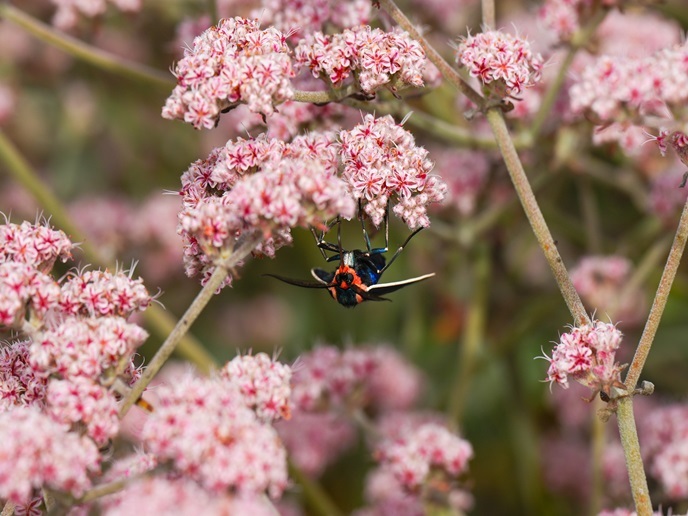How do plants coordinate root growth?
The ROOTFLOW (Dynamic cell coordination in the plant root) project focused on the stable division of the growing regions of plant roots into zones, namely the meristem where cells divide and the elongation zone where cells rapidly elongate. This zonation remains stable even when cells change from being members of the meristem to members of the elongation zone. The aim of ROOTFLOW was to discover the mechanisms responsible for organising this orderly change. High-resolution imaging of the model plant species Arabidopsis thaliana revealed that the position where cells begin to rapidly elongate oscillated towards and away from the root tip. The time period involved was around 90 minutes and the distance about 50 μm. This oscillation suggested the existence of a negative feedback loop, which is used to control the transition of cells from the meristem to the zone of rapid elongation. As the root shifted the position of the boundary between meristem and elongation zone in response to both biotic and abiotic stimuli, this finding will benefit scientists attempting to optimise root behaviour. An experimental technique for studying rapid elongation in plants involved cutting the growth zone of a seedling stem into 3 mm sections and floating them in a treatment solution. The stems were then imaged under infrared light at predetermined times and changes in growth were determined from the images. Researchers also investigated methods for imaging the cell wall structure of rapidly elongated root cells. These revealed macromolecular components such as cellulose, pectin and hemi cellulose. As these structures are complex and difficult to study quantitatively, the team developed an analytical tool to quantify the different attributes of the textures of the images. The tool was able to analyse structures of all kinds and scales, ranging from fabrics to the extracellular matrix of animal cells. ROOTFLOW work will help provide a better understanding of root responses to stress and enable agronomists to improve crop varieties that are better able to tolerate environmental stress.







